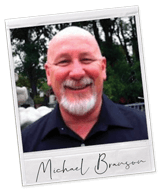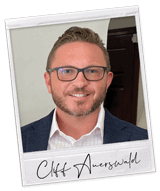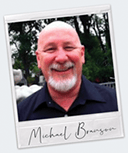
Slash Your Reverse Mortgage Costs!

 |
ARLO™REVERSE MORTGAGE
ASSISTANT |
Lowest Cost Reverse Mortgage Options in 2025
 |
Michael G. Branson, CEO of All Reverse Mortgage, Inc., and moderator of ARLO™, has 45 years of experience in the mortgage banking industry. He has devoted the past 20 years to reverse mortgages exclusively. (License: NMLS# 14040) |
 |
All Reverse Mortgage's editing process includes rigorous fact-checking led by industry experts to ensure all content is accurate and current. This article has been reviewed, edited, and fact-checked by Cliff Auerswald, President and co-creator of ARLO™. (License: NMLS# 14041) |
What is the lowest cost reverse mortgage?
A few short years ago, people were reading about how expensive reverse mortgages were, but that does not have to be the case currently. Don’t get me wrong; HUD still charges an initial mortgage insurance premium based on the home’s value, which can run as high as 2% for this cost for the higher draws exceeding 60% of the available principal limit.
Depending on the part of the country in which you live, some of the necessary costs like title insurance and state and local fees can still run into the thousands of dollars. So, what’s the difference now, and how can I call this an “affordable alternative”?…

Mortgages are valued by lenders based on the initial draw that the borrower takes.
The pricing for lenders at this time is advantageous enough on the higher draws that we can often waive origination fees, give credits to borrowers to help pay their costs, and, in some cases, pay the entire up-front costs of their reverse mortgage (except the counseling fee which HUD will not allow lenders to pay for borrowers).
Most of the loans we are doing currently have no origination fees (many lenders charge up to $6,000 for this fee alone). This reduces the charges significantly, but since many also contain lender credits, we give the borrower’s money at closing to help pay the other costs.
Some borrowers question me and ask if a lender credit meant we just added the charge onto the loan balance or somewhere else. The answer to this is no. If we send you a proposal showing that we are giving you credit to pay costs, that is money we must pay to cover the expenses shown on the estimates.
Even if we give you credit to pay a cost, we must still disclose all costs in a transaction and who is paying it. So, if a loan has $10,000 in costs, we have to show you all of those costs, even if we give you a $10,000 credit to pay them.
How can we get your costs this low?
Because the pricing is good enough now that, as a direct lender, we can pay costs for borrowers when possible and keep the lights on! The pricing we receive when we sell loans in the secondary market will not always be enough to pay borrowers’ costs. And because we receive compensation based on the amount of the loan the borrower draws at closing, we cannot pay costs in all instances. But when we can, we will.
The bottom line is that borrowers can get a reverse mortgage and save thousands (and sometimes tens of thousands) of dollars now while the pricing is strong for these loans. We would encourage borrowers who have been on the fence about reverse mortgages or those who decided against it at some time because they thought the initial costs were too high but wish they could get one to take another look now.
It costs nothing to request a proposal, and we don’t believe in badgering borrowers if you’re trying to decide. The loan must be right for you, and you don’t need us or anyone else constantly calling, emailing, and putting pressure on you to choose or act. If the loan is right for you and you want to proceed, we’re happy to help.
If you just aren’t sure or you are sure that it’s not suitable for your circumstances, the last thing you need is someone trying to pressure you to do something you don’t want to do. So, if you would like to see if a low or no closing cost reverse mortgage is possible, please let us know, and we will be happy to send you a proposal.
Closing Cost FAQs
What are the typical closing costs for a reverse mortgage?
What is the least expensive reverse mortgage?
Are closing costs on a reverse mortgage deductible?
What is the current interest rate for a reverse mortgage?
What is the maximum origination fee for a reverse mortgage?

 Michael G. Branson
Michael G. Branson Cliff Auerswald
Cliff Auerswald

September 8th, 2024
September 9th, 2024
October 6th, 2022
October 12th, 2022
April 4th, 2019
April 4th, 2019
December 11th, 2015
December 21st, 2015